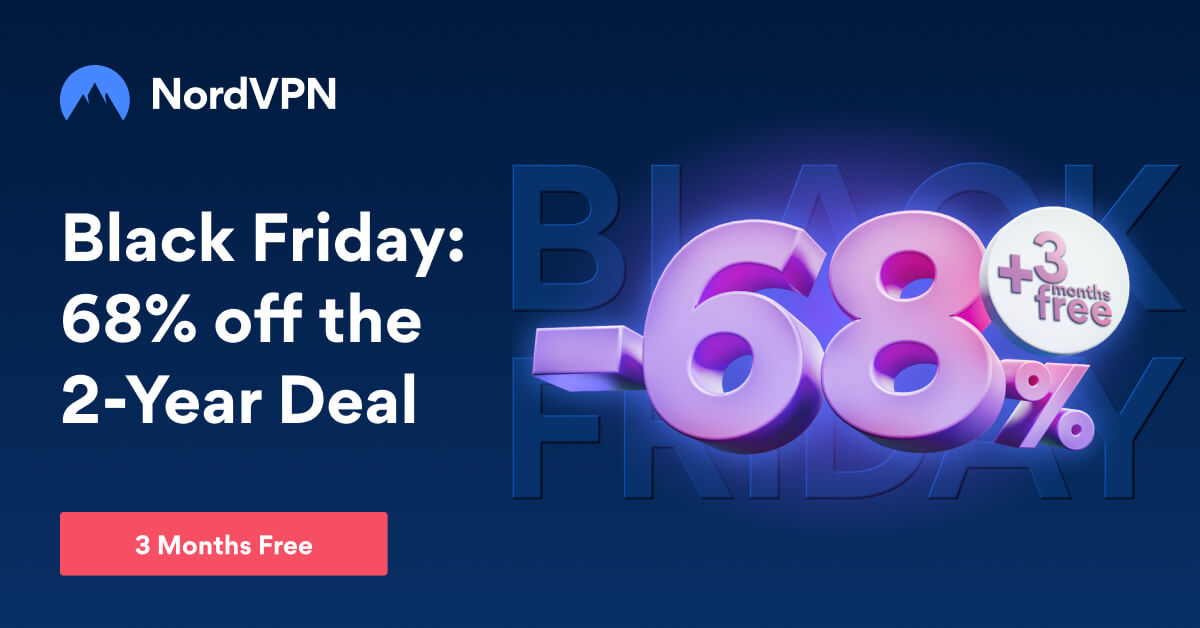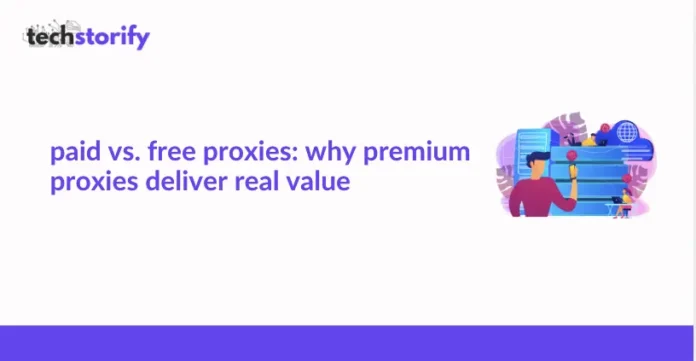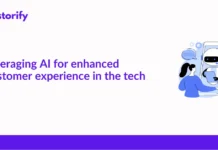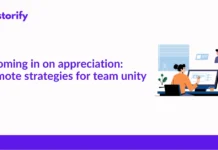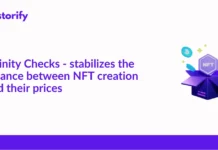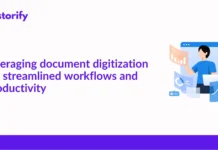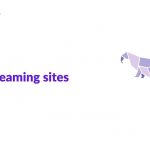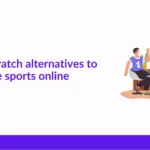Discover how “Paid vs. Free Proxies: Why Premium Proxies Deliver Real Value” solves frequent IP blocks by explaining the benefits of premium solutions and the risks of free proxy options.
Contents
- 1. Introduction to Proxy Services
- 1.1 Key Functions of Proxies in Web Scraping
- 2. Why Websites Block IP Addresses
- Most Important Points (Why Sites Block IPs):
- 2.1 “How to Avoid IP Blocks in Large-Scale Web Scraping”
- 3. Free Proxies: Advantages and Limitations
- 3.1 Potential Risks with Public Proxies
- 3.2 People Also Ask: “Are Free Proxies Safe for Data Extraction?”
- 4. Paid Proxies: Types and Key Features
- Main Advantages (Paid Proxies):
- 4.1 Residential vs. Datacenter Proxies
- 4.2 Advanced Security Layers & Encryption
- 5. Ensuring Data Privacy and Regulatory Compliance with Paid Proxies
- 5.1 Audit Trails & Logging
- 6. Performance Differences: Paid vs. Free Proxies
- Core Features (Paid vs. Free Performance):
- 6.1 Connection Speeds & Avoiding Bottlenecks
- 6.2 Handling High-Volume Requests
- 7. Rotating Proxies and Their Role in Preventing IP Bans
- 7.1 NLP Keywords: “Session Management” & “Proxy Switching”
- 7.2 People Also Ask: “Do I Need Rotating Proxies for Simple Web Scraping?”
- 8. Comparing Costs and Real Value
- Main Advantages (Cost Comparison):
- 8.1 “How to Budget for Proxy Services in Ongoing Web Scraping Operations”
- 9. Selecting the Right Proxy Service for Your Needs
- 9.1 Evaluating Network Reputation & Security
- 9.2 Trial Periods & Money-Back Guarantees
- 10. Conclusion & Key Takeaways
- 10.1 Future Outlook for Proxy Solutions
- Primary Takeaways (Conclusion):
1. Introduction to Proxy Services
Proxies serve as intermediaries between a user and a target site. They hide the user’s actual IP address, offering anonymity and greater protection. They are used by a lot of people for things like data extraction or accessing content. In order to prevent IP blocks, scrapers typically use proxies. A good setup guarantees stable connections and lower ban events.
Why Premium Proxies Provide true value in the majority of web scraping scenarios. While free options might sound appealing, they typically do not have the bandwidth or stability that paid proxies provide. So the general rule is: Higher uptime + secure connections = better use. For many use cases, the additional expense is offset by a corresponding increase in performance and reliability.
For any data collector, online security is still paramount. Proxies help minimize the risk of detection by obscuring identifiable information. Some sites have strong anti-bot protection, and a user requires proxy solution that seems real to monitoring systems. Just the right proxy selection will help improve your overall success in large-scale or repetitive scraping and help with proper setup.
1.1 Key Functions of Proxies in Web Scraping
This section explains how proxies prevent bans by rotating IP addresses and blocking site trackers. It also clarifies how they help scrapers stay anonymous, especially when targeting sites with strict policies.
2. Why Websites Block IP Addresses
Certain sites block traffic from certain IPs. They do so when they observe rapid request patterns, repeated requests for the same resources, or significant query rates. The blocking also serves to safeguard server resources and user data. Sites frequently run automated detection scripts that detect suspicious behavior, like multiple requests for the same page in quick succession.
Websites also look for user agent signals or the absence of cookies. A site detects that an IP is being flagged when a connection seems non-human. These warnings affect a lot of scrapers when they are scraping mass data. The scraper’s IP gets exposed and at the end blocked without proxies.
Most Important Points (Why Sites Block IPs):
- Rapid or repeated requests can trigger blocks.
- Missing cookies or user agent details raise suspicions.
- Automated detection tools filter out unknown traffic.
2.1 “How to Avoid IP Blocks in Large-Scale Web Scraping”
This subheading describes key measures for staying operational, including slowing request rates and using rotating proxies to spread requests over multiple addresses.
3. Free Proxies: Advantages and Limitations
Because free proxies need no payment, it attracts many new users. These services, running on public networks, often use the internet. They are capable of doing simple tasks like browsing or localised scraping. However, they do not have the security and uptime necessary for advanced web scraping. Large jobs can become fragmented by deep trouble, unstable connections, or lack of capacity.
Free proxy networks can often house malicious traffic. Some operators insert scripts or ads into the user’s traffic.” Some collect user data for money. But free proxies are highly risky for any serious computational work. Reliability problems arrive when multiple users are fighting for scarce proxy resources.
There are significant privacy issues when user data flows through unknown servers. Free proxies often do not encrypt data, leaving it vulnerable. Most do not have support or guaranteed server performance. Consequently, this leads to a higher ban rate for scrapers. This negative result causes individuals to find safer and stronger alternatives.
3.1 Potential Risks with Public Proxies
This subheading highlights how free public proxies pose security threats, focusing on unencrypted data and possible IP blacklists.
3.2 People Also Ask: “Are Free Proxies Safe for Data Extraction?”
This subheading answers a common question by showing that free proxies often fail to deliver consistent speeds, secure connections, or reliable anonymity.
4. Paid Proxies: Types and Key Features
Paying Proxies are known as residential, datacenter, and mobile. Residential Proxies send your data through actual consumer IPs. They also connect data through the data centers quickly. Now, mobile proxies are used through cellular networks. Paid services tend to be reliable, resulting in fewer dropped connections. When dealing with large scraping jobs this reliability is critical.
Security is also a big factor. Paid providers often come with encryption and dedicated pools of IPs. They can also rely on professional support teams to help solve issues. Several paid networks keep an eye on IP reputation scores, allowing users to miss blacklisted addresses. The result: fewer bans and smoother operations.
Scrapers prefer paid services since they can use location targeting as per their needs. Choosing an IP of a particular region allows the user to bypass restriction of the content by region. This method enhances coverage of data and supports the collection of global insights. A lot of providers include custom dashboards, where users can monitor usage, rotate IPs on demand, or limit bandwidth.
Main Advantages (Paid Proxies):
- Consistent connection speeds
- Better data security
- Dedicated customer support
4.1 Residential vs. Datacenter Proxies
This subheading compares two popular types of paid proxies, showing how residential IPs often appear more legitimate to site filters, while datacenter IPs can offer faster speeds.
4.2 Advanced Security Layers & Encryption
This subheading addresses how premium services protect users with SSL connections, secure tunnels, and custom session handling features.
5. Ensuring Data Privacy and Regulatory Compliance with Paid Proxies
Paid proxies will help you remain compliant by safely managing logs. They also reduce the risk of exposing user data. Such data collection can be safeguarded from the collector and end users by using a secure proxy selection because many regions have strict privacy rules when it comes to data collection. Third parties can’t intercept sensitive content thanks to encryption.
Providers’ service-level agreements often explain how they manage data. Users can verify the logs are private or just temporary. These are important details for businesses subject to data protection legislation. Good providers are transparent about how they store information about connections, allowing clients to run high-scale projects with low legal risk.
5.1 Audit Trails & Logging
This subheading shows how premium proxy vendors handle session data. It highlights the importance of secure logs that track connections but avoid storing personal data indefinitely.
6. Performance Differences: Paid vs. Free Proxies
Paid solutions provide more reliable connection speeds and larger IP ranges. Free proxies are often slow, disconnect over and over, and are infuriating to use. This is a problem for scraping projects that need multiple requests. A continuous connection reduces the risk of patched data or blocked periods. While free proxies always help out in a little test, they go crazy in heavy work.
Volume also plays a part. Free networks suffer massive strain from high-volume scraping tasks. Many free services throttle bandwidth or boot those who exceed daily limits. In such scenarios, paid proxies serve better by providing sufficient resources. They often give load-balancing across servers so big jobs process continuously.
Paid proxies get away with fewer blocks. It goes like this: Providers also refresh IP addresses (or purged ones), making scrapers active again. Yes, project has the need to extract data over and over again, that ignore will affect. (Assuming that the user has no need to change servers in the foreseeable future thereafter, of course.) The cost is worth it for consistent results.”
Core Features (Paid vs. Free Performance):
- Higher speed with paid networks
- Fewer disconnections
- Reliable IP rotation systems
6.1 Connection Speeds & Avoiding Bottlenecks
This subheading explains why paid proxies help users skip slowdowns, focusing on dedicated resources and robust infrastructure.
6.2 Handling High-Volume Requests
This subheading explains how paid proxies manage large-scale jobs without timing out or reaching usage limits.
7. Rotating Proxies and Their Role in Preventing IP Bans
Rotating proxies switch between various IP addresses on a fixed schedule. They also allow users to distribute requests over many endpoints. This type of process lowers the chance of detection as there gör request from different ip’s to the target. Having a stable rotation schedule ensures a much lower block rate.
Although integration with scraping software makes it easier. The scraper is able to request a new IP for every page request. Some providers support automatic rotation after a specified number of requests. This type of design should renew the data pipeline without any manual adjustment. Rotating proxies also behave like normal users, which allows them to avoid filter-based blocks.
7.1 NLP Keywords: “Session Management” & “Proxy Switching”
This subheading shows how rotating proxies preserve session continuity while switching IP addresses for each new request.
7.2 People Also Ask: “Do I Need Rotating Proxies for Simple Web Scraping?”
This subheading answers a query about smaller projects, indicating that rotating proxies can still prevent bans even at moderate volumes.
8. Comparing Costs and Real Value
Services that cost nothing seem like they should be cost free, but dealing with dropped connections can lead to wasted time. For a fee, paid proxies offer consistent speeds, strong security and responsive support. And in the long run, consistent performance can save a little money on repeated attempts and block events.
Providers generally provide tiered plans by data usage or concurrency. These plans allow users to select a tier that suits their scraping volume. Big companies, on the other hand, pay for high-capacity plans to extract massive amounts of data. Smaller enterprises can select lower packages that cater to their requirements. So, the user pays for what they need and receives stable service.
On the positive side, researchers also find that paid proxies ultimately reduce total costs of the research process, as they lower project delays. Having a stable connection collects data quicker. The user also evades blacklisted IPs that can ruin entire campaigns. When they balance short-term savings against long-term output, many view paid proxies as a wise investment.
Main Advantages (Cost Comparison):
- Reduced block events
- Minimal downtime
- More efficient data gathering
8.1 “How to Budget for Proxy Services in Ongoing Web Scraping Operations”
This subheading explains how to estimate monthly usage, plan for peak scraping times, and select a cost-effective package.
Comparison Table: Free vs. Paid Proxies
| Feature | Free Proxies | Paid Proxies |
|---|---|---|
| Cost | No direct fees | Subscription or pay-as-you-go |
| Connection Stability | Frequently unstable | Generally stable |
| IP Pool Size | Often limited | Larger networks |
| Speed | Slow or inconsistent | Faster overall |
| Security Measures | Basic or nonexistent | Advanced encryption features |
| Support & Maintenance | Little or no support | Dedicated support teams |
9. Selecting the Right Proxy Service for Your Needs
Users must explore each provider’s reputation prior to investment. Look for reviews or request referrals. In addition, a good reputation means the provider’s IP range is not on any blacklist. Seek out reputable names in the industry with a good record of success. It prevents the unnecessary loss of funds through poor proxies.
Customer support matters. If anything goes wrong, the user need to call a team too fix it fast. How a provider responds to tech problems can often be found in reviews or forum posts. And see if the provider offers official documentation or integration buttons. Such resources ease the user experience.
9.1 Evaluating Network Reputation & Security
This subheading notes how to verify whether an IP block list includes the provider’s addresses. It also mentions checking for SSL encryption and data handling policies.
9.2 Trial Periods & Money-Back Guarantees
This subheading points out that many providers let users test the network before committing. It offers an ideal way to confirm speed, reliability, and support.
10. Conclusion & Key Takeaways
Paid vs Free Proxies — Why Premium Proxies Are Worth the Money & What New Scrapers Need to Know to Not Waste Money Paid proxies offer more stable networks, speeds, and support. While free proxies can perform small tasks, they almost never withstand large-scale demand. That said, premium proxy services are still the best option for long-term and consistent results.
Paid versions mitigate the risk of being banned by providing IP rotation and removing blacklisted sites. Additionally, they provide enhanced security and data privacy, which is critical for regulated environments. Users may scale proxy plans based on project size. That flexibility benefits personal users and corporations alike. For many, paid proxies do ultimately provide genuine time and energy savings.
10.1 Future Outlook for Proxy Solutions
This subheading highlights that providers continue to refine their networks. They add more IP pools and upgrade infrastructure. Users can expect more advanced rotation methods and wider coverage in different regions.
Primary Takeaways (Conclusion):
- Paid proxies offer fewer connection failures
- Stable speeds improve data gathering
- Free proxies fit small tasks but lack strong security

